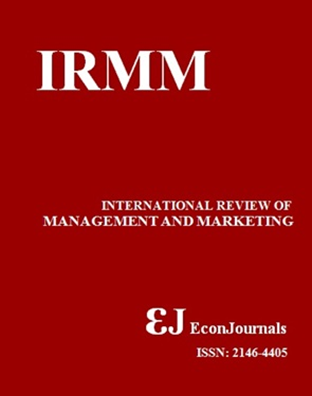Does Finance – Led Growth Hypothesis Hold in Jordanian Economy? An Empirical Analysis
Abstract
The current study investigates whether Finance–Led Growth Hypothesis Holds in Jordanian Economy for the period of 1992Q1 to 2016Q4, by implying ARDL bound test. The current study used four financial development indicators namely: Economics Volatility variable (EV) measured by the ratio of bank credit to the private sector to nominal gross domestic product (NGDP),Monetization variable (BMV) measured by the ratio of broad money supply to nominal gross domestic product (NGDP),Board Money Velocity variable(MSD), measured by the ratio of deposit demand to narrow money supply, and finally, Stock Market development (MC) measured as the ratio of market capitalization value to nominal gross domestic product (NGDP). These indicators were used to capture the effect of financial development on economic growth. Empirical results revealed that financial development indicators have a positive and statistically significant impact on economic growth in Jordan, which in confirms the existence of finance –led growth hypothesis in the Jordanian economy.Keywords: Financial development, Economic growth, ARDL Bound test Approach, Jordan.JEL Classifications: E44, F43Downloads
Download data is not yet available.
Downloads
Published
2018-01-25
How to Cite
Adayleh, R. M. (2018). Does Finance – Led Growth Hypothesis Hold in Jordanian Economy? An Empirical Analysis. International Review of Management and Marketing, 8(1), 45–54. Retrieved from https://econjournals.com/index.php/irmm/article/view/5844
Issue
Section
Articles




